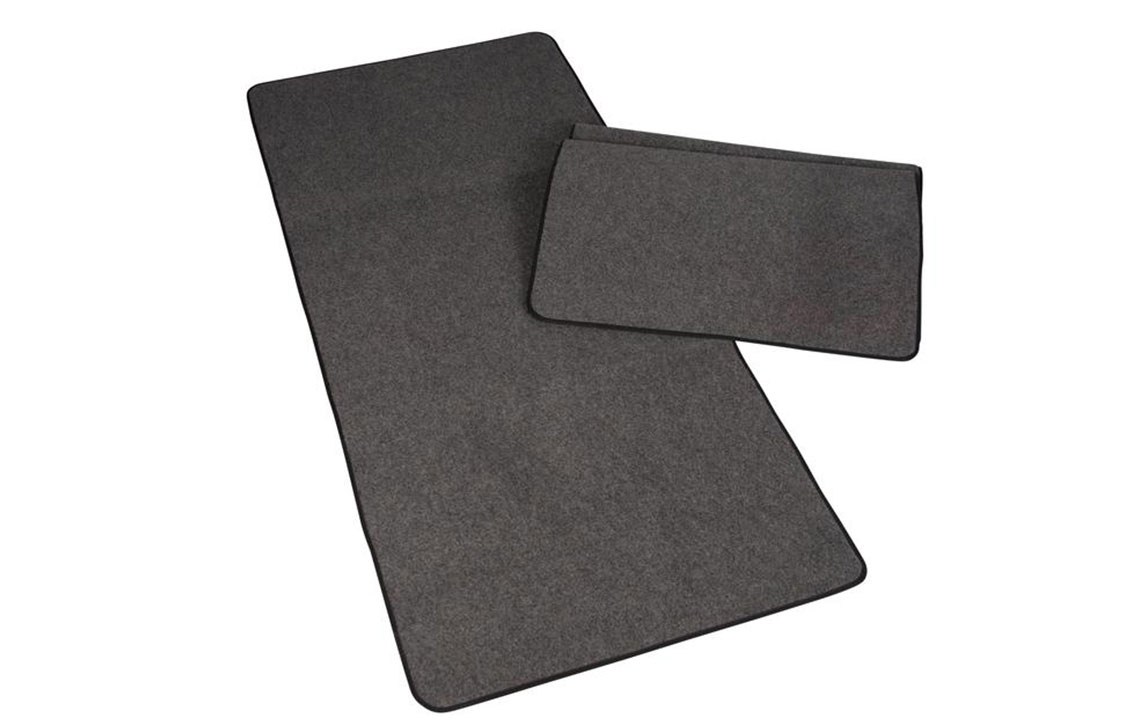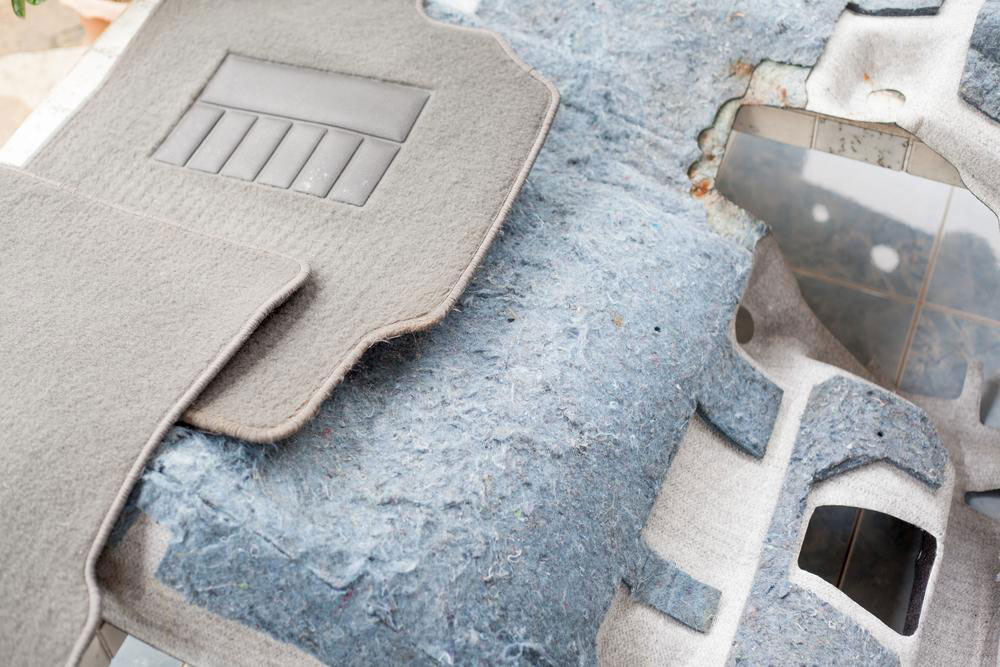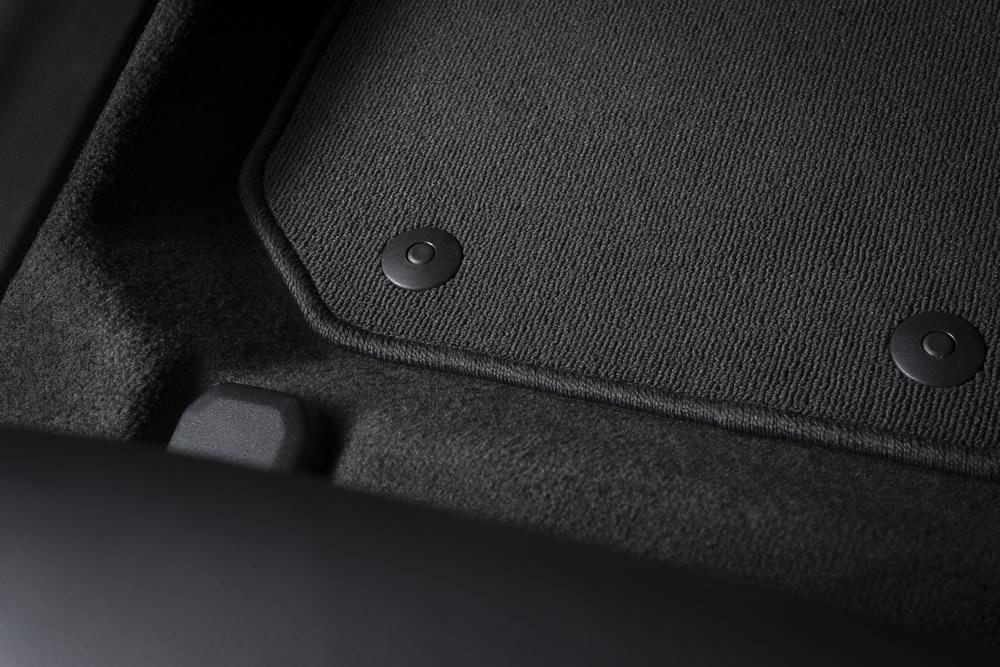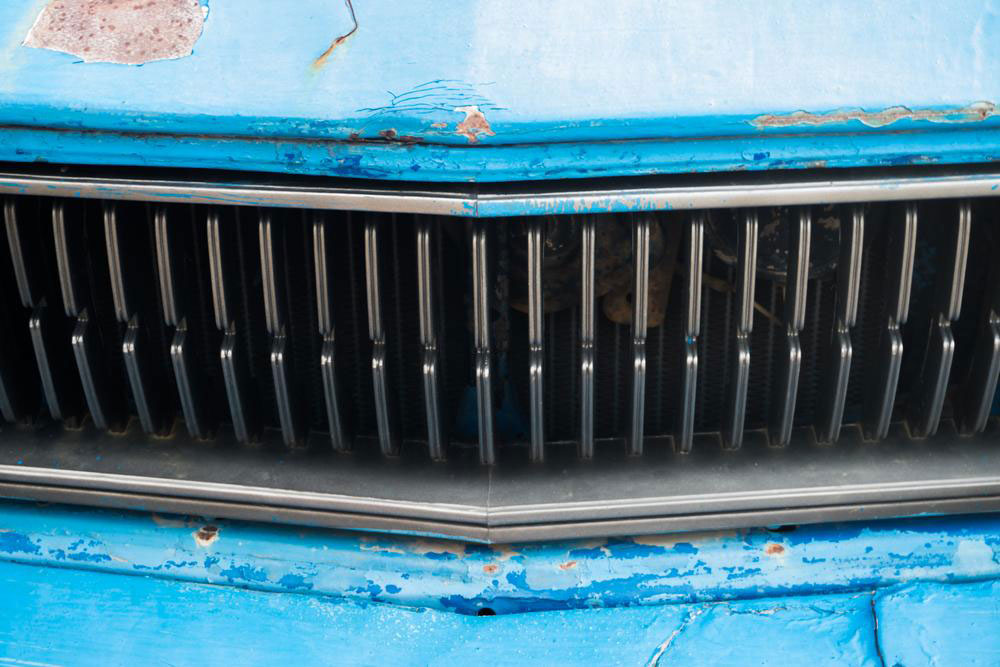Understanding the Differences Between Car Floor Mats and Floor Liners
Learn the key differences between car floor mats and floor liners, their materials, fitment options, and which is best suited for different climates and vehicle types. Choose the right protection for your vehicle’s interior based on your driving needs and conditions.
Sponsored

Have you ever examined the underside of your vehicle’s floor covering? Factory-installed mats are often made from thin materials attached to polymers that block water but lack durability, making them susceptible to quick wear and tear. Heavy traffic or footwear can easily damage these mats, especially in harsh weather conditions where mud and slush accumulate.
Floor liners, on the other hand, offer extensive coverage from side to side, acting as protective overlays. Typically made of vinyl or other polymers, they feature grooves and ridges designed to trap dirt and improve grip, often covering more area than standard mats. Custom-fit liners align perfectly with your vehicle’s dimensions, ensuring comprehensive protection and fitment.
In terms of texture, many liners and mats offer smooth or textured surfaces for easy cleaning and better traction. Some mats are clear, showcasing the vehicle’s original carpet while still offering protection. Personal choice plays a key role; in snowy or muddy climates, liners are preferable, whereas mats are a cost-effective solution, especially for leased cars. Overall, selecting between mats and liners depends on usage patterns, climate, and budget considerations to safeguard your vehicle’s interior effectively.






